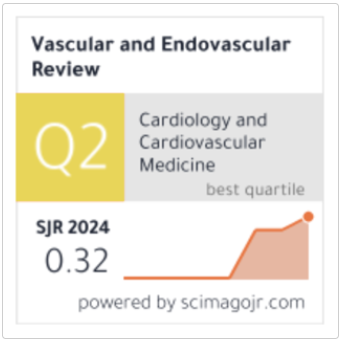Efficacy of Neurodevelopmental therapy (NDT) intervention with incorporation of interactive toys in high risk infants: a randomized control trial.
Keywords:
General Movements; Cramped–Synchronized; Fidgety; Early Intervention, High-Risk Of Cerebral Palsy.Abstract
INTRODUCTION: Cerebral palsy (CP) is the most common cause of physical disability in childhood, characterized by a group of permanent disorders affecting movement and posture due to non-progressive disturbances in the developing fetal or infant brain. Current research on neuroplasticity indicates that early, at the crucial stage of brain development, intensive, task-specific intervention should have started. Despite significant advancements in perinatal and neonatal intensive care, preterm infants, especially those requiring NICU admission, remain vulnerable to a host of neurodevelopmental impairments. Timely identification of infants at high risk of CP is critical to enabling early intervention. Several early intervention programs have been developed and tested in recent years. The risk factors necessitate the implementation of structured and culturally sensitive early intervention strategies that begin within the hospital setting and extend into the home environment.
METHODOLOGY: Fifty cases of infants born in Krishna hospital from January 2023 to January 2025 and diagnosed with high risk of cerebral palsy were included in the experimental group and control group. Intervention was performed on the observation group after diagnosis (within seven days of birth), using neurodevelopmental therapy in combination with interventional toys (NDT). Children in the control group underwent intervention after diagnosis using exclusively the neurodevelopmental therapy (NDT). Changes in outcome measure of TIMP and GMOS-R were compared among the experimental group and control group.
RESULTS: At baseline, the Test of Infant Motor Profile (TIMP) and General Motor Optimality Score (GMOS-R) were significantly lower in the experimental and control. At twelve weeks, the TIMP and GMOS-R score showed significant difference between experimental and control (p < 0.05). At birth the ratio of normal: poor repertoire: cramped synchronous for the experimental group was 3:18:4 and for the control group 3:20:2. At 12–15 weeks CA the ratio of normal: abnormal fidgety: absent fidgety for the experimental group was 23:1:1 and for the control group 19:5:1. Significant between group differences favored NDT with interventional toys participants at 12 months on TIMP and GMOS-R score.
CONCLUSION: Early diagnosis and NDT with inclusion of toys intervention can significantly accelerate the motor development of infants at high risk of cerebral palsy. Early intervention in neonates promotes better outcome. NDT in combination with interventional toys intervention resulted in advanced motor outcomes when compared with NDT intervention.








